When you bring your puppy home for the first time, it is one of the most exciting events in your lifetime. You have made a decision to add to your existing pack, and I congratulate you for doing so. One of the first items you will need to purchase is a leash and a collar or harness. How to decide on which one can be overwhelming. Just as overwhelming as what cereal to choose in the cereal aisle at the grocery store. There are so many choices! Sometimes, you just go by what friends and family have recommended. Other times, you may be influenced by an ad on social media. This episode is to clarify how certain walking tools work, and to help you choose the right one for you and your dog.
When we pick up our puppy from a breeder, most likely, the breeder has put some kind of colored ribbon around the puppy’s neck to differentiate which puppy is which. The puppy is somewhat used to wearing something around its neck, but that doesn’t mean that the puppy will be totally willing to have you put a snap or buckle collar on them. How you introduce this collar is very important to the puppy positively associating this “thing” with something good.
There will be some of you reading this post saying to yourselves that your puppy was absolutely fine with you putting the collar on. As a dog trainer, anything you introduce to your puppy should be well thought out in advance how you will be presenting it before you just go barreling in and forcing a new item on them.
You ALWAYS want to create positive association with introducing anything new to your dog.
Introducing a collar or harness
The process of introducing a collar or harness to a rescue dog is the same as introducing them to a puppy. Rescue dogs may already be used to wearing a collar, but most likely you will be choosing an additional collar or harness for walking purposes. Whichever tool you decide, the introduction will be the same as if it was a puppy.
First, take your time with the whole process of showing the dog their new collar. If you are relaxed and mildly excited, your dog will be too. You want to create some excitement over the collar or harness, but not too much. Get them interested in what is about to happen by feeding them small treats. Then, let them sniff it to their heart’s content. Pet the dog with the collar or harness while giving them treats, being mindful of not letting straps from a harness dangle in front of them. This can trigger a fear response. If the dog is still engaged and not shying away, use some treats while showing them how it snaps together. Sometimes the sound of the snap can trigger some fear in them.
If all is progressing positively, ideally you want them to come to you to put the collar or harness on. Again, lure them with treats. You may need to ask a family member to feed the treats while you put the collar or harness on and snap it. When it is on, you will have to adjust it so that it is “two fingers snug”. If introducing a harness, every strap should be two fingers snug. What this means is that you can fit two fingers between their neck or body and the collar or strap of the harness. This is to ensure that the dog cannot back up and escape out of it. Also, fit the collar high up on the neck, right behind the ears. This prevents the collar from damaging the trachea when they do pull (how to prevent dogs from pulling on a walk will be a separate episode).
I want the dog to be excited about their new collar or harness, but not so excited that I am chasing the dog around the house just to get it on. Remember, you are setting an example of how this walking tool is going to be associated with something. That something is going to be your way of eventually controlling the dog on a leash.
Now that the collar or harness is on, take the dog outside to play or play with the dog inside the house. Pretend that this is a huge accomplishment and make sure the dog knows that you are happy that they are wearing their first walking tool. Depending on the reaction of the dog, just leave the collar or harness on them for a very short period of time.
Dogs usually don’t react adversely to collars, but they can with harnesses. There are only two harnesses that I recommend, which I explain below. Harnesses are made to have dogs haul things. The majority of harnesses clip on the back of the dog. It is impossible to walk a medium to large sized dog in the heel position with this type of harness. It is set up to have the handler behind the dog and to be pulled. If there is tension on the leash, the dog will resist that tension by pulling forward. Now, who is taking whom for a walk??
Harnesses can be big and bulky and it’s a very foreign feeling for the dog to have something on their back. Some dogs will freeze and not want to move forward. I have seen way too many harnesses that are improperly fit - usually too loose. This is a perfect setup for the dog to wiggle out of it and run away. I have heard of too many stories like this. One dog actually got hit by a car when he ran away. The handler was pulling back on the leash, creating the resistance for the dog to move forward. He wiggled out of it, panicked, and ran in the street and got hit by a car. He was okay, but it involved an expensive vet bill and some recovery time for the dog. Luckily, nothing was broken.
Collars are great for hanging identification tags. They are also a way to quickly grab the dog if needed. I don’t recommend leaving a collar with tags on in the crate, especially if you are leaving the house for a period of time. Always check the integrity of the collar. A cloth buckle collar can begin to fray at the eyelets or the buckle can start to break down. If you have any doubts, buy a new one. There are other collars with the 3 prong plastic snap that are very sturdy too. This is just a preference issue. The most important thing to remember about the collar is that it is fit correctly - two fingers snug!
It is worth noting that collars are great to leave on the dog during the day while you are potty training. You can attach the leash to a collar a lot quicker than trying to put a harness on a very wiggly puppy.
Leashes
I always tell my clients to purchase a cheap leash while training a puppy. As much as you want to discourage your puppy from biting the leash, they inevitably will. I will explain more in detail how to stop your puppy from biting the leash in a future episode where I will talk about “The Walk”. When the puppy has been trained how to walk, that’s when you can invest in a leash that will last a long time. Leather leashes are my favorite. They are comfortable and don’t slip in my hand, and they last many years. Gary Flynn, who has been on my podcast before, likes the BioThane leash. It is generally more durable than leather, and is waterproof. However, it is vulnerable to bite marks. Make sure you have worked with your dog to stop biting the leash before investing in a BioThane leash. In my next episode, we will show you this type of leash. It is very durable and comfortable in your hands. These leashes are not sold in most pet stores, but are sold online.
The important thing to keep in mind when deciding on a leash is how comfortable it is when your hand is wrapped around it. Remember, I do not promote walking dogs in front of you where you are just holding on to the handle. Walks in the woods and “sniffaris”are different than walking in a heel position. I will discuss this further in my episode about “The Walk”.
In the video below, you will see how I recommend holding on to a leash. Note that my left hand is grabbing the leash over the leash as if I am holding on to handlebars on a bike. My hand is right by the clip so that the dog does not have much leeway to go where they want to go. It is up to the handler to take the dog over to an area to sniff or eliminate, not the dog leading you over there.
YOU are taking the dog for a walk, not the dog taking you for a walk.
In the picture below, from top to bottom, the first leash is a small 6’ leather leash with a small clip. This is suitable for small dogs. The clip is small and can attach to the ring on a very small collar. You want to make sure that you don’t weigh down your small dog with a heavy, bulky clip. The leash underneath is the leash I use for my 100+ pound Leonberger. The clip is bigger and sturdy enough if she were to lunge. I have rather small hands so the width of this leash is perfect for me. Below this leash is a two handled leash that is very comfortable to grab with your bare hands.
Some people really like double handled leashes. You have the option of walking the dog on a shorter lead with the second handle. Both handles are very comfortable to hold on to.
The very bottom multi-colored leash is a slip lead. I like this leash for some dogs because I can position it high on the neck, right behind the ears, and keep it in place with the grey tab. It is important that it is adjusted on the dog like a slip collar or chain collar. There is a right and wrong way to put this on depending on which side you walk your dog. I explain this more below under the slip and chain collar categories.
I would be remiss if I didn’t mention retractable leashes. The only application I can even possibly approve of this type of leash is if you have to take your dog out to eliminate on a leash and you don’t want to go outside, and you have a small dog. Otherwise, there are several reasons why I don’t like them. First of all, I have seen and heard of too many accidents where the dog ran around their handler so quickly and tightly that they caused lacerations around their handler’s legs. Other times, the dog gets hurt by chasing after something and goes to the very end of the leash and abruptly gets choked. Our friend was biking with his dog running beside him. He was holding onto the casing of the retractable leash. The dog saw something, sprinted to the end of the leash and jolted him off the bike making him fall head over heels.
The other reason why I don’t like retractable leashes is that there is constant tension on the line. I always advocate to walk your dog with no tension and no stress, but this is impossible with a retractable leash. In the locked position, there is always tension upwards and wherever the handler is positioned. The last reason is that I believe that your energy flows through the leash to the dog. The plastic housing of the retractable leash prevents that energy flow.
Harnesses
Harnesses can be useful for very small puppies and dogs. I encourage clients to get a Pet Pals or step in harness. Most people don’t know how to teach a dog to heel on a leash. Therefore, there is a lot of prolonged and constant tugging on a collar which can be damaging to the puppy’s or small dog’s trachea. I prefer teaching a client to correct their puppy or dog pulling on a harness, rather than on a collar, in order to prevent any damage to the dog’s trachea. It is easier to transition to another walking tool if needed after the client has some experience walking their dog in a heel position.
There are only two harnesses that I recommend. One is a step in harness pictured below for small dogs, and the other one is the Easy Walk harness made by Pet Safe for small and medium/large dogs. Most other harnesses promote pulling on the walk because the clip is on the dog’s back. Since I am an advocate of walking dogs in the heel position (right by your side), it is impossible to achieve this with a medium to large sized dog. Because of where the clip is located, the dog’s chest and front legs are already in front of you. Attempting to keep a dog this size in a heel position involves straining your arm backwards. Maintaining that position for any length of time is almost impossible. Small dogs are much easier to manage on a harness even though the clip is on their back. There’s just less weight and size to manipulate. I have had a lot of success in teaching small dogs on harnesses in the heel position.
When you bring home a small dog puppy, that is only a couple of pounds, it can be very challenging to find even a collar that will fit. Pet Pals is a brand that caters to very small dogs this size. They sell collars and harnesses that will properly fit this size. However, my friend adopted a 1- 1/2 pound chihuahua and could only find a ferret harness to fit him. That’s what she still uses today for him at a whopping weight of 2 pounds!
Once the dog grows out of the Pet Pals sizes, usually around 10 pounds, I recommend either a step in harness or even the Easy Walk harness. The step in harness is very easy to put on the dog, but still needs to be introduced in the same way I mentioned above when you introduce a new collar. Sometimes dogs will freeze when you put a harness on them. Just try luring them forward with treats. You may need an extra yummy treat for this. If you need some assistance from another family member, have them feed the treats while you put on the harness. If your dog is really uncomfortable, take the harness off and try again a little later. Just be mindful of not leaving it on for very long at all. Work your way up to leaving the harness on for increments of seconds for every few successful attempts. Never rush this process.
The other harness that is my “go to walking tool” is the Easy Walk harness. Even if I know that the puppy is going to be a large dog, I like to begin training the human how the martingale style clip in the front serves as a “correction” to get the dog’s attention. A “correction” is a quick tug on the leash which tightens the straps around the chest and causes the dog to pause while you get their attention through your voice or a treat. Then, you can repeat the skill you are correcting, using treats. This way the dog understands that one way, they feel a tug and no treats are involved. The other way, they are rewarded with your verbal praise and a treat. This quick tug takes some practice to master. Most people prolong the tension by lifting back on the leash. I coach the handler on how to do this quick tug correctly. Therefore, I would rather a client learn this technique on the Easy Walk harness than on a slip or prong collar.
Dogs will get used to constant tension rendering the “correction” useless. Dogs need to learn pressure on and pressure off. No tugs (no corrections/no pressure) means they are doing things right. Quick tugs (correction/pressure) means they are doing things wrong and need to be corrected and shown the right way. This principle of pressure on vs pressure off is how future collars like slip, prong collars, and even electronic collars will work. I will elaborate on this issue in the next episode.
The only breeds that aren’t suitable for the Easy Walk harness are the dogs with long bodies and short legs. The strap that goes across the chest needs to be held up by the dog’s shoulders. For example, Corgis and dachshunds won’t be able to keep the straps up on a consistent basis. Step in harnesses or even a buckle collar work well for them.
Please remember that any walking tool that you decide to use for your dog, even if it is a regular buckle collar, must be fit correctly. Any dog, and any breed can learn to walk in a heel position on a buckle collar with the proper training. I prefer to walk dogs with some type of collar that is fit high up on their neck. Right behind their ears. I feel that I can manage them better and their weight distribution with them by my side. This makes it easier to manage when they do lunge. The strength from a lunge comes from the chest. If the dog’s chest is in front of you, it is way more difficult to hold on and have any kind of control with you behind the dog versus by their side.
Gentle Leader/Halti
Some tools take more conditioning for the dog to get used to, but can be very good walking tools, like the Gentle Leader and the Halti. This is not a tool that I have on hand for clients only because it requires some conditioning. I have found that most clients do not want to take the time necessary for conditioning their dog to get used to having a strap around their nose and mouth. Some people have told me that they don’t want people to mistake it for a muzzle and not want to approach their dog. Most clients prefer to have a harness that they can put on the dog and take them for a walk right away.
The difference between the Gentle Leader and the Halti is the Halti straps that surround the nose have more cushioning, making it more comfortable. It also has the ability to close a dog’s mouth when you pull the leash taut. I have used the Halti for this purpose. A client’s dog had the propensity to bite. He had already had a very negative experience with a pinch collar, which made his reactions even more intense. He was reactive to other dogs on walks, and the pet parent didn’t want to risk the dog redirecting his aggression on her or on anyone else. Again, knowing the dog’s temperament and issues is imperative to choosing the appropriate walking tool.
Looking at the picture below, this Halti is set up for walking the dog on the right hand side. There is a back up strap with the clip attached to the ring on the buckle collar. You can visualize if I were to pull up on the leash, the straps would fit tightly around the mouth to close it. If you want to walk the dog on the left hand side, just slide the buckle collar around so that its’ ring is on the other side. Attach the backup strap’s clip to the ring on the collar.
The one downside to Gentle Leaders and Haltis is if you have a reactive dog, meaning the dog lunges and barks at other dogs or people, the dog’s neck can get damaged because of the way the handler is just trying to hang on to the dog while their head is thrashing back and forth. However, I know many clients who are so comfortable with them and take the time to condition their dog to them, and it works great. Confidence comes from feeling comfortable. This is key with building a mutual feeling of trust between the handler and the dog. Remember, I believe the handler’s energy flows through the leash and into the dog. Dogs can feel confidence or hesitation in their handler.
Before deciding on a Gentle Leader or Halti, if you have any plans of training your dog to be a therapy or service dog, make sure that organization approves of them. Some do and some don’t, whether you agree with that or not.
Slip Collars/Slip Leads/Chain Collars
In the video below, I demonstrate how to put on a particular type of slip collar called the Snap-Around Training Collar, sold only online by Handcraft Collars. This is my slip collar of choice. There are imitation collars similar to them sold in stores and online, but the snap-around training collars are all handmade and excellent quality. I have many different sizes on hand for the client/dog that I feel would do well with it. It is imperative to have the collar measured correctly in order to yield the optimal results when handling your dog. The ‘correction’ I mentioned earlier applies to any type of slip collar, which is demonstrated in the video below. Remember, there is a right and wrong way to put these collars/leads on. You want to make sure you have the collar or lead set up so that the line from the collar or lead goes straight through the loop. if the leash is on the wrong side, it will choke the dog.
I prefer the snap-around collar over the chain collar for two reasons. The first reason is because some dogs are sensitive to certain noises. When you pull the leash taut on the chain collar, it makes a metal clanging sound which can cause the dog to negatively associate that noise with that collar. The snap-around collar is made out of cloth and is silent when pulling the leash taut.
The other reason I prefer the snap-around collar over the chain collar is that some dogs back up and don’t like to be approached when something is put over their head. This can cause negative association with the chain collar. The snap-around collar is put on around the neck and then clipped.
Slip leads can be great for a lot of dogs. This is the bottom leash in the picture of leashes above. The collar and leash are all one piece. They are usually made out of a type of cloth, but can also be made out of polyurethane (Biothane). The one thing that most people don’t know about is the tab that slides on the leash. This is to keep the slip part of the lead in place. Remember, it should be high on the neck, right behind the ears.
Martingale
I rarely run into people who use martingale collars. I don’t think I have ever recommended one. Instead, I will suggest any of the other walking tools previously mentioned. I believe that the appeal of these collars is the design such that it prevents choking the dog. When you pull the leash taut, it stops when the two sides hit together. However, most of the time, when I do see these collars, they are not fit correctly. They are usually too loose. The Greyhound rescue organizations love the martingales because of the size of their head and neck and also their very short fur. If fit correctly, they cannot escape out of them.
The biggest takeaway from this episode is that I am willing to work with any of the walking tools I listed above. I take into consideration my assessment of the dog and the physical ability of the pet parent. This determines which tool I feel will be the most suitable for both parties involved. I believe that the reason we see way less dogs being walked in any given neighborhood than there are households with dogs, is because the pet parent gave up walking their dog because it was too difficult and unpleasant. My goal is that the walk becomes a pleasant event for everyone involved. Dogs thrive when they are well exercised and well socialized.
My next episode will be with Gary Flynn, whom I have recorded with before. We will talk about prong collars and electronic collars. Some dogs require a tool that gives the handler even more control than any of the tools mentioned above. The prong collar can aide in that and can be used as a temporary training tool to work on issues you may be having. Gary will inform us about how electronic collars are supposed to be used. Not how they are commonly used by most people. Stay tuned!
Training Tip of the Day
When calling your dog’s name, ALWAYS say it in a positive tone that will result in something positive for the dog.
What is your walking tool of choice?




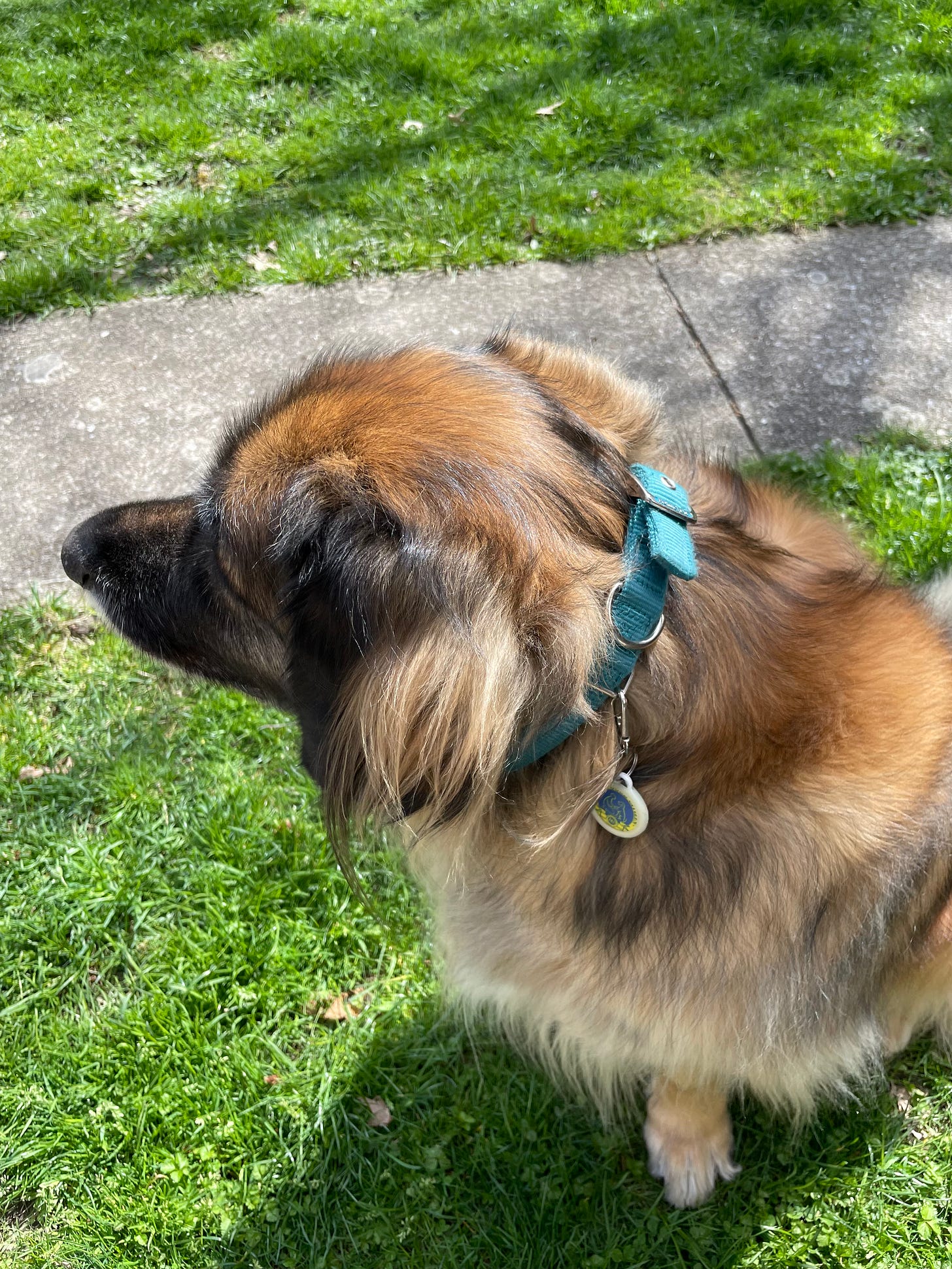
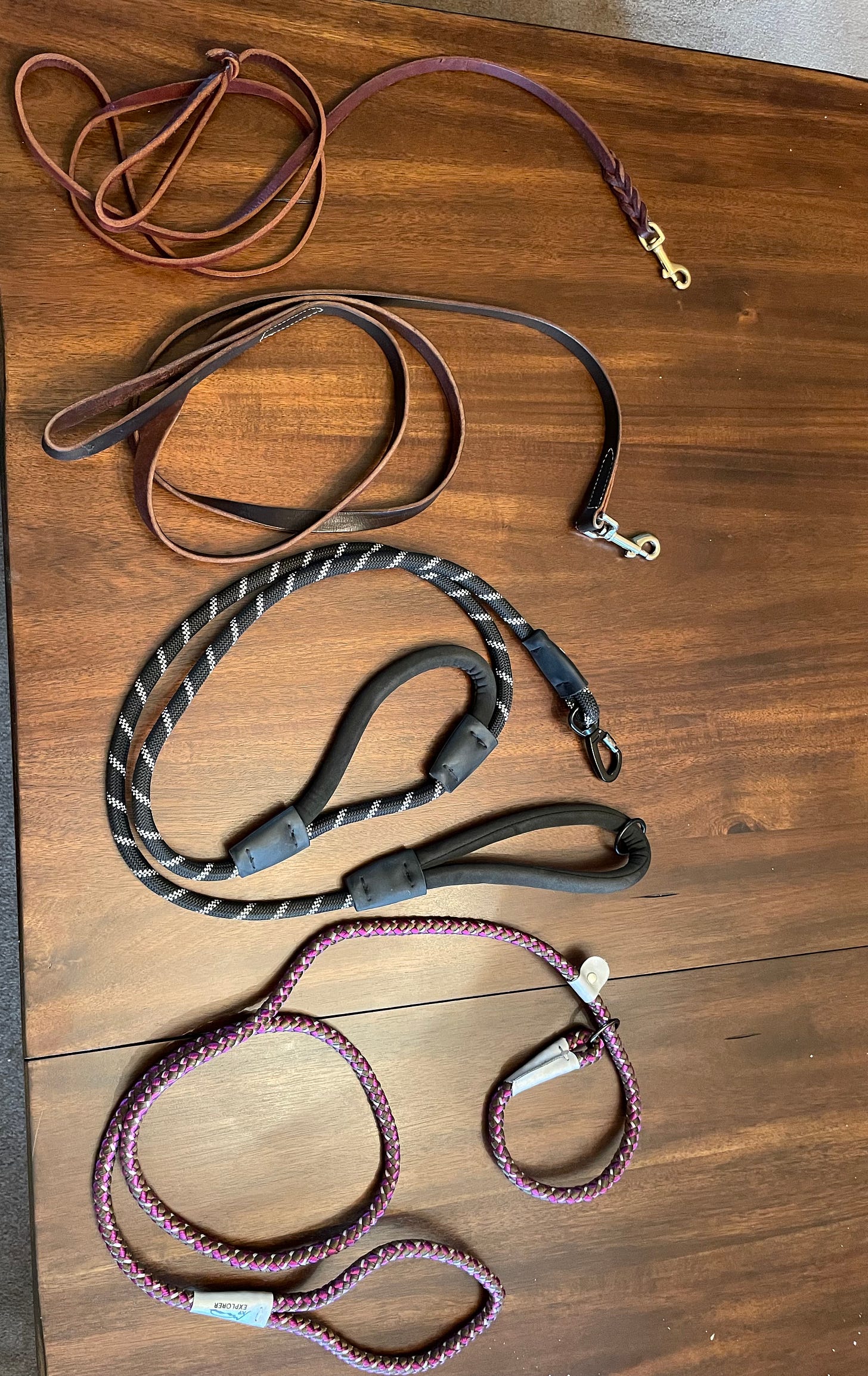

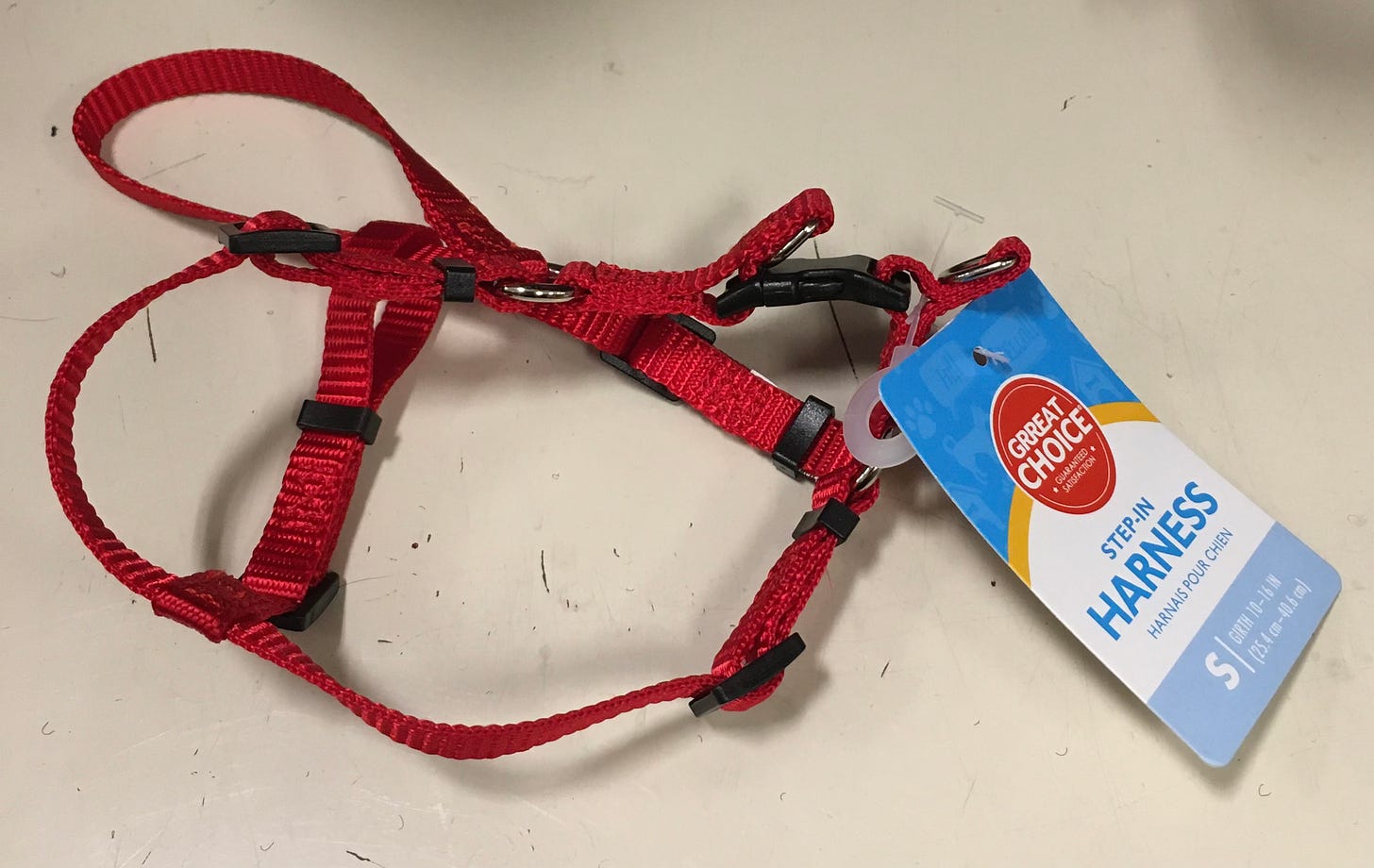
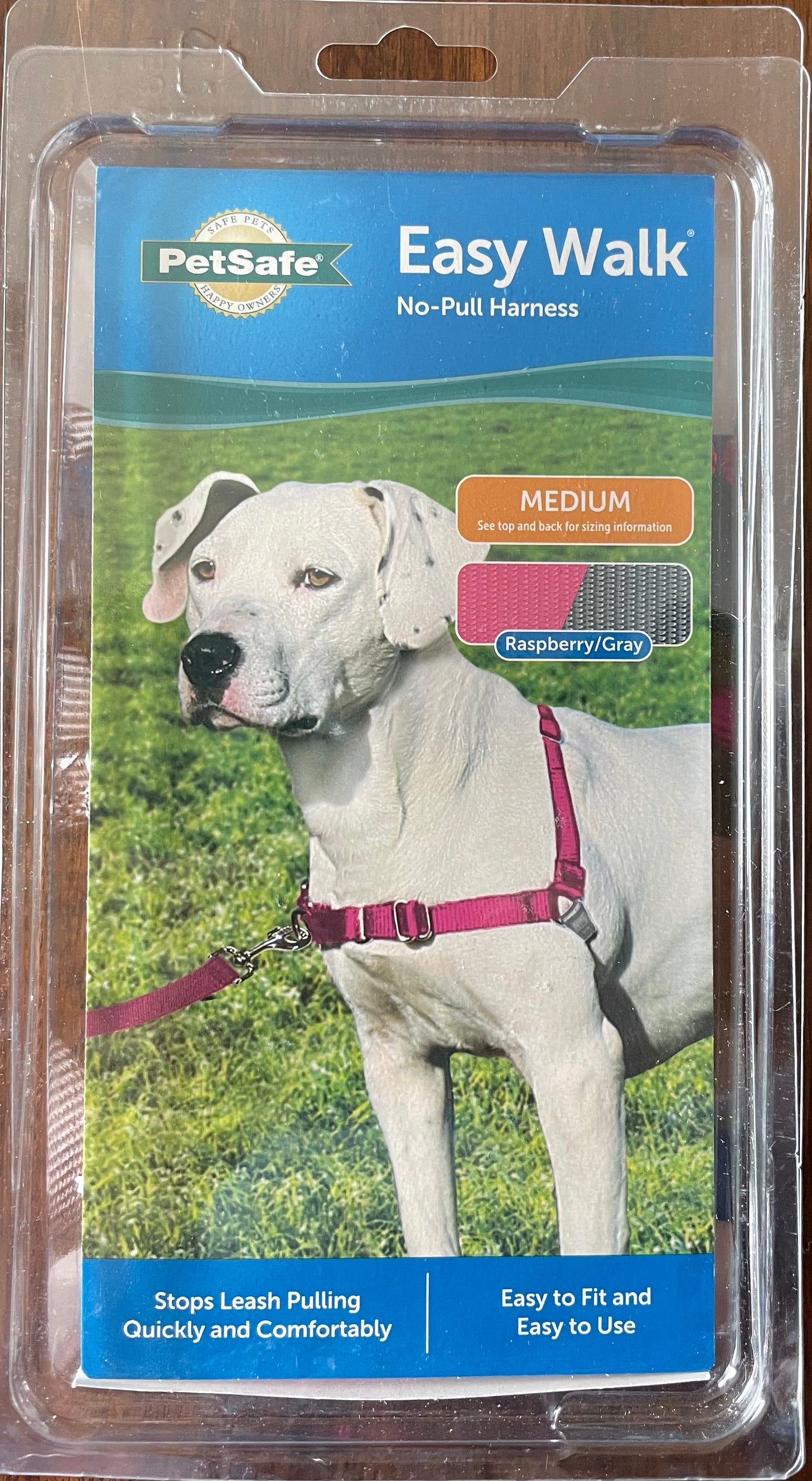
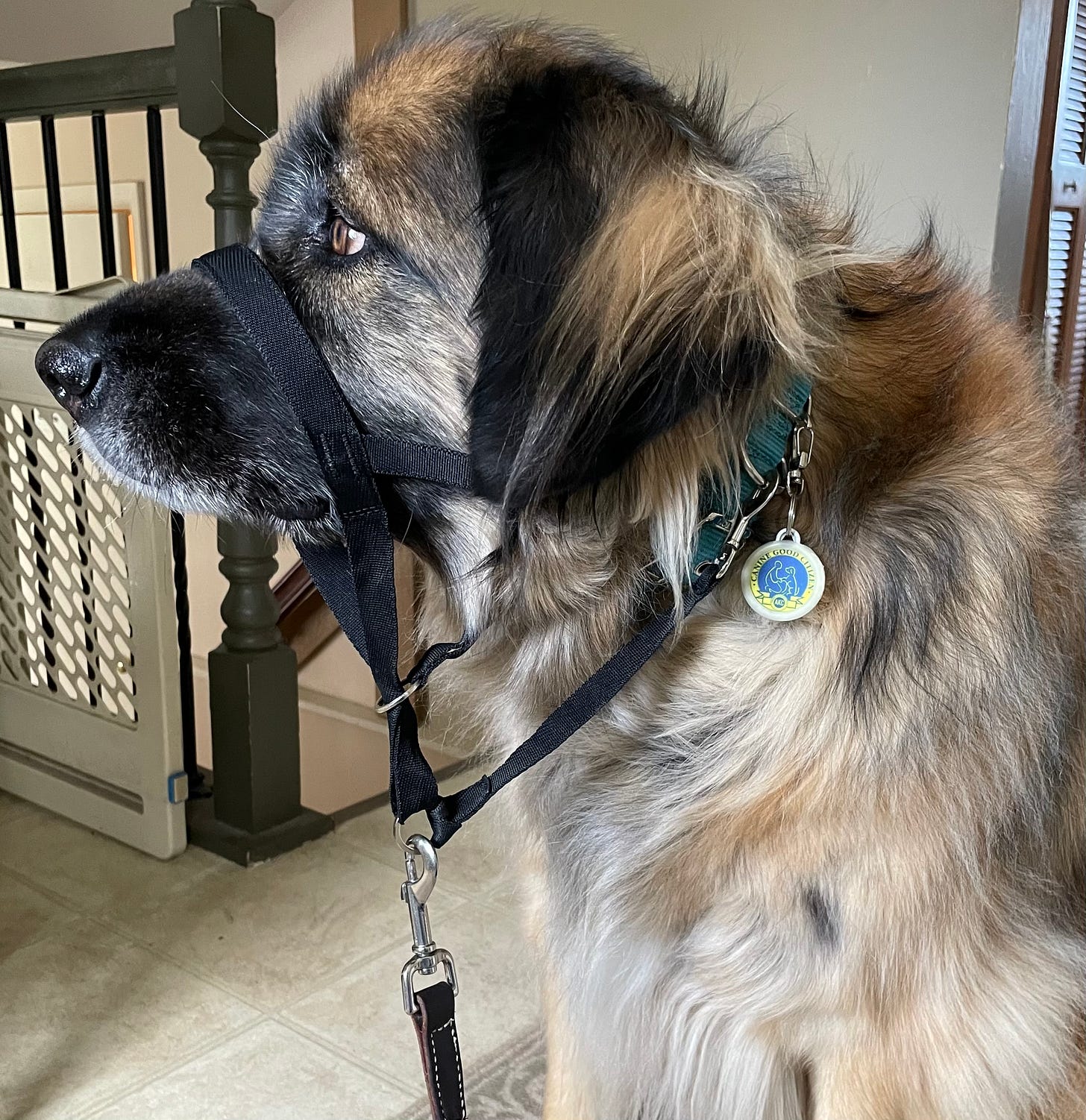
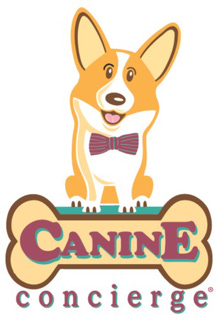








Share this post